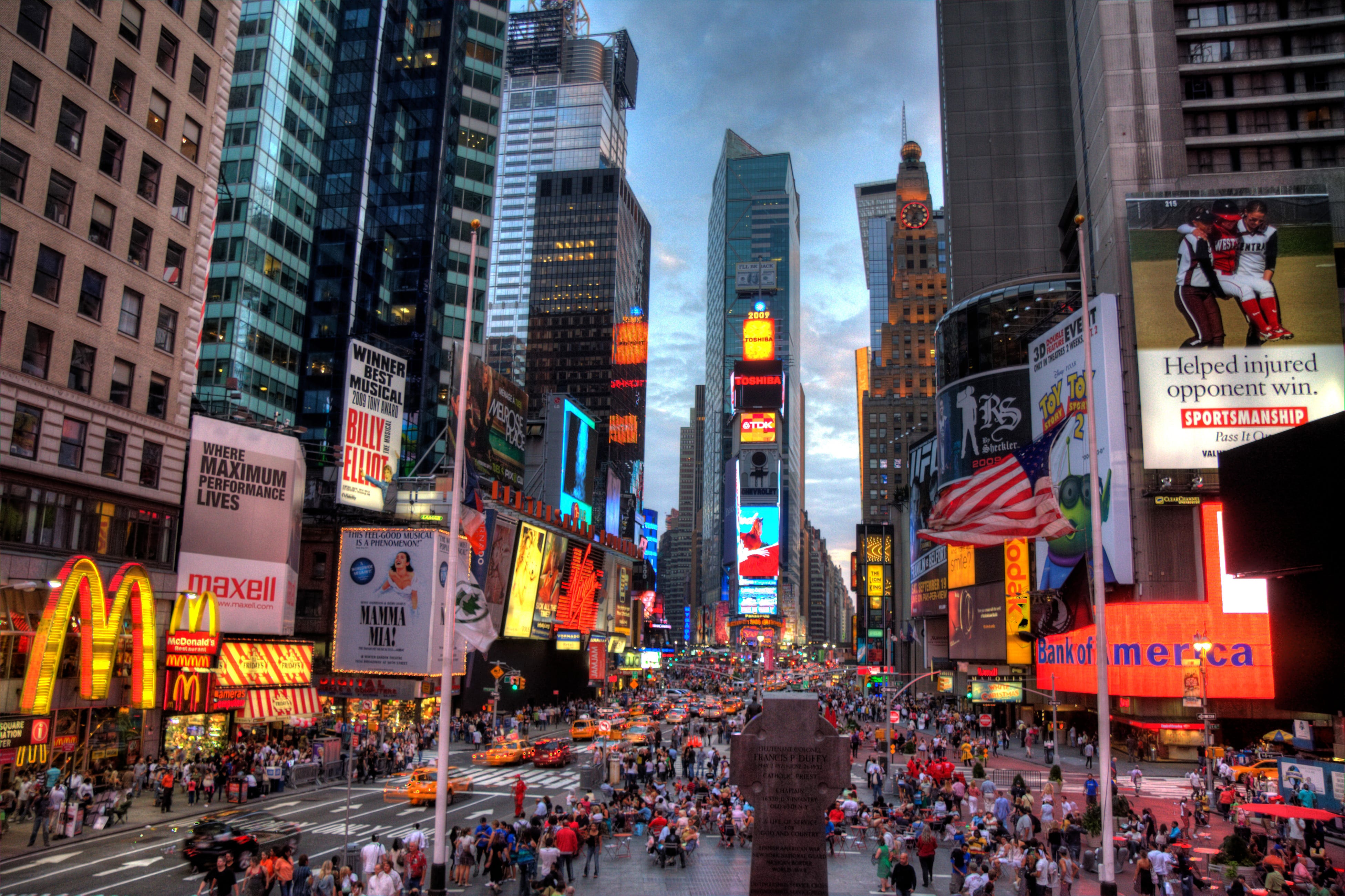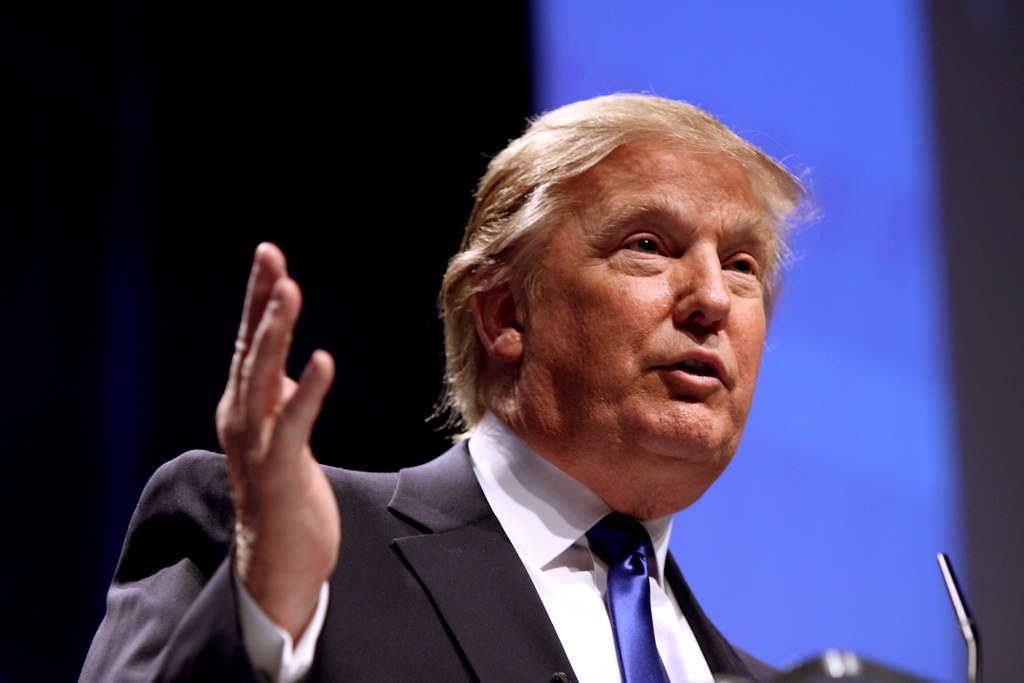
The vast, unforgiving plains of Ukraine, scarred by over two years of relentless conflict, have become, by a series of cascading decisions and unavoidable realities, US President Donald Trump’s war. What began as an invasion launched by Vladimir Putin, with its progress not halted by Joe Biden, has now, irrevocably, landed squarely on the current administration’s desk, demanding a decisive hand in a conflict reshaping the geopolitical landscape.
Indeed, the most powerful office in the world does not always afford its occupant the luxury of choice. President Trump is now mandated to confront the largest conflict in Europe since World War II, a direct consequence of the United States’ prior involvement, under his predecessor, as Ukraine’s essential ally and sponsor. This complex inheritance means that even a desire to disengage cannot simply erase the historical entanglement.
Initially, President Trump’s approach to the conflict was marked by a distinct imposition of his personal conviction. He famously articulated the belief that he could bring an end to the war in a mere 24 hours, a bold declaration later recalibrated to a revised deadline of 100 days. His strategy often involved navigating the personalities at the heart of the conflict, demonstrating a willingness to initially cozy up to the Russian president and echo his narratives before publicly berating Ukrainian President Volodymyr Zelensky in the Oval Office.
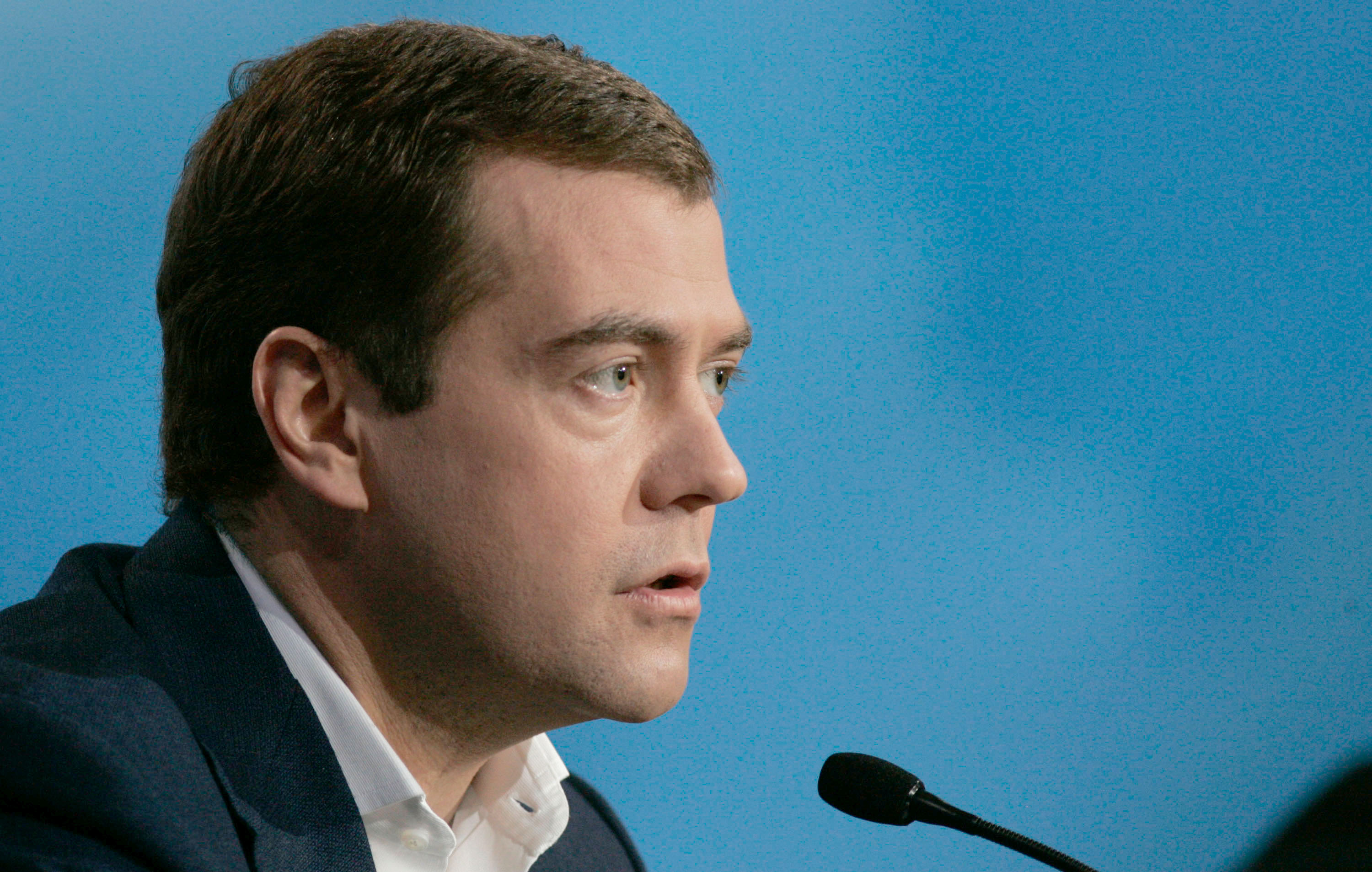
During this period, he also vigorously pressed NATO allies, demanding that they increase their contributions to Europe’s defense. This pressure yielded results, as these nations did indeed pay more. Yet, the subsequent hard slog of diplomacy, despite considerable effort, ultimately produced very little tangible progress, setting the stage for the current pivotal moment.
It is, however, in the last fortnight that President Trump’s executive decisions and critical realizations have truly transformed this foreign conflict into a problem he now unequivocally owns. He has observed, firsthand, that Vladimir Putin harbors no genuine desire for peace. Simultaneously, he has acknowledged Ukraine’s urgent and critical need for military arms, and while his initial efforts to assist were described as lackluster, a significant shift in posture has emerged.
Perhaps the most remarkable of these choices involved a direct response to the typically dismissed nuclear saber-rattling from former Russian President Dmitry Medvedev. In a stark escalation, President Trump countered with harder nuclear threats, publicly discussing the strategic positioning of US nuclear submarines closer to Russia. This rapid escalation saw the United States transition from pausing military aid to Ukraine to threatening nuclear force against Russia in less than a month, marking a dramatic shift in policy.
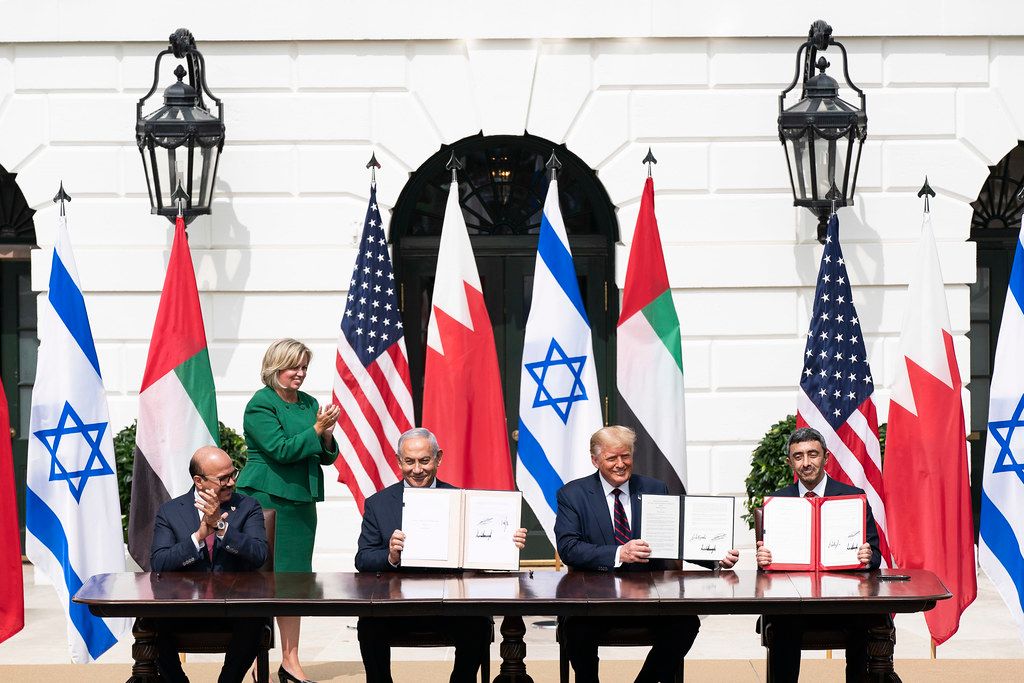
As this pivotal week concludes, with President Trump’s shortened deadline for a peace deal rapidly approaching, he faces arguably the most consequential decision of the conflict to date. The choice before him is stark: does he impose serious penalties, specifically secondary tariffs against Russia’s energy customers like India and China, measures that carry genuine economic bite? Or does he accept that the United States and its allies might need to endure some economic discomfort to effectively inflict pain upon Russia?
Imposing such serious secondary sanctions on major economies like India and China carries the substantial risk of roiling the global energy market. President Trump recently indicated his intent, posting on Monday that he would be increasing tariffs on India. His rationale was that India was selling Russian crude at a profit, and he asserted, with striking bluntness, that he didn’t “care how many people are being killed by the Russian War Machine,” though he did not elaborate on the specific new measures.
India has not publicly clarified whether it intends to cease purchasing Russian energy products. China, for its part, remains utterly dependent on Russian oil and gas, and simply cannot afford to stop buying it, presenting a significant challenge to the efficacy and political feasibility of such sanctions. This complex web of economic dependencies underscores the intricate balance President Trump must strike.
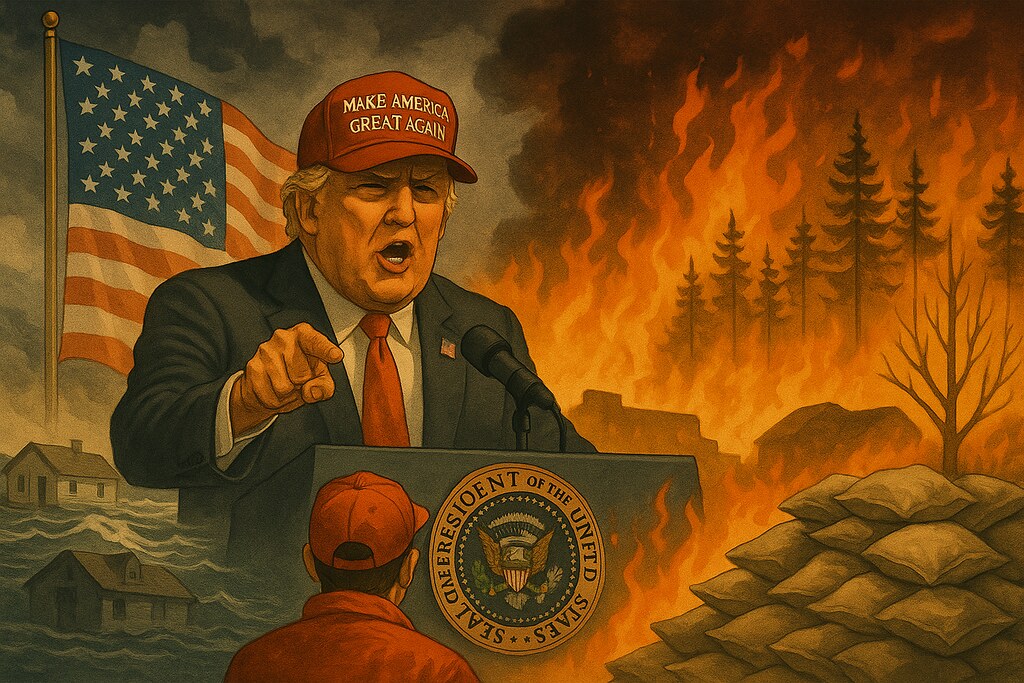
To avoid what has been termed another “TACO” moment—an acronym for Trump Always Chickens Out—the President will likely need to cause some discomfort, and in turn, will probably experience some backlash himself. Alternatively, he might seek an off-ramp if one is extended to his special envoy, Steve Witkoff, during an anticipated visit to Moscow this week.
This potential off-ramp could manifest as President Trump accepting a bilateral meeting with President Putin, framing it as a sign of progress toward peace. However, even such a concession would leave his indelible imprint on the war, echoing the profound sentiment expressed by former US Secretary of State Colin Powell regarding Iraq: if the United States breaks it, they own it. This principle applies equally to the current quagmire.
President Trump, by his very nature, seeks to be the fulcrum of all major decisions and the lightning rod for attention on any given issue. Every significant turning point in this conflict so far has revolved around his personal choice and predilection. This brings into sharp focus a key lesson of the American presidency: the occupant of the White House does not get to choose which problems are theirs to solve and which they can simply ignore.
The “MAGA’s America First” platform, while advocating for a reduction in Washington’s global footprint, does not permit President Trump to claim sole ownership of his successes while disavowing his failures. Unless the footprint of American power globally is reduced to zero – a notion incompatible with a presidential personality compelled to “do” and agitate – there will always be certain international problems that are inherently America’s to address.
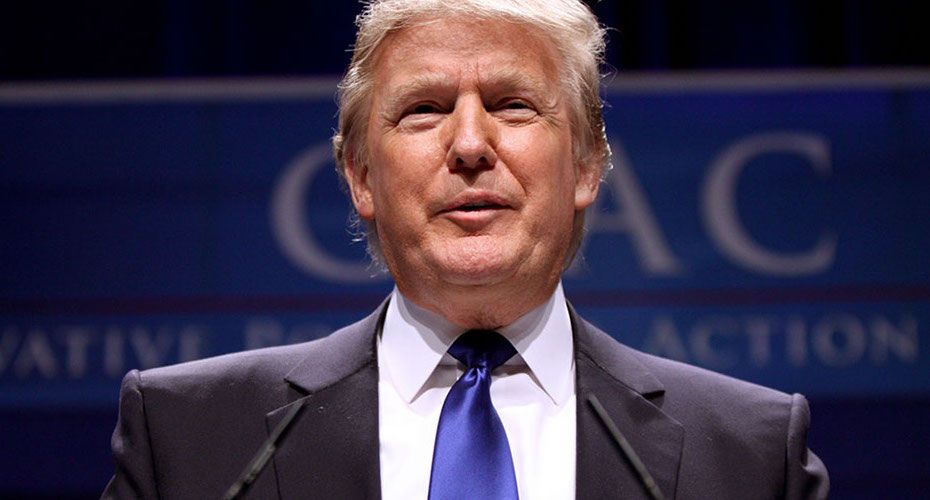
President Trump frequently states his desire for wars to cease. However, this aspiration alone is insufficient. The wars, particularly the one in Ukraine, have not simply complied with this wish. This reality is not unique to his presidency; former US President Barack Obama, for instance, inherited ongoing conflicts in both Iraq and Afghanistan.
Obama swiftly withdrew from Iraq but doubled down with a troop surge in Afghanistan, a strategy that ultimately proved ineffective. Afghanistan, a quagmire he had inherited, unequivocally became Obama’s war. In turn, that very mess was passed to President Trump, who then tasked his quick fix solution to President Biden, culminating in the chaotic collapse of August 2021, an event widely paraded by Republicans as a Democrat failing.
Now, President Trump finds himself facing the very same problem of inheriting a profound crisis. He cannot simply wish or cajole the conflict to an end. The very battlefield deaths he mourns have sown deep damage and grief across vast distances, transforming this into an existential war of survival for the Kremlin and, profoundly, for the very soul of Ukrainian society.
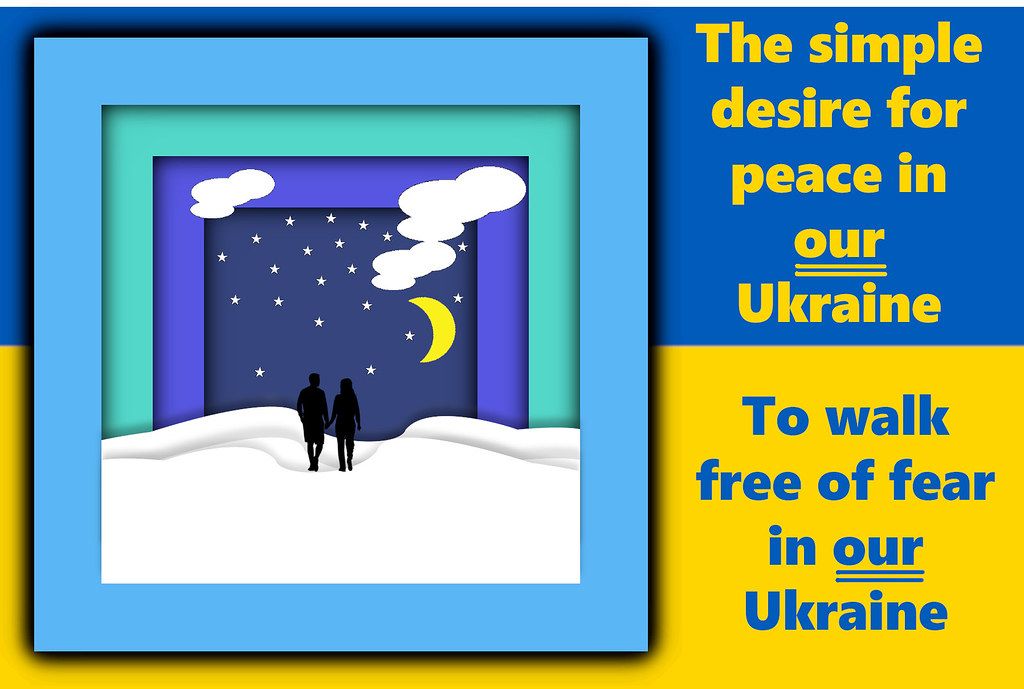
Ukrainians yearn to live in peace, free from the nightly terror of air raid sirens. Yet, President Putin demonstrably does not seek peace; instead, his most recent maximalist demands amount to something tantamount to Ukraine’s complete surrender, a non-starter for Kyiv. This harsh reality underscores why the conflict should be viewed as Trump’s war.
It is, without hyperbole, the defining conflict of his presidency and of the broader post-9/11 era. Its ultimate outcome will profoundly shape European security and influence Chinese belligerence over the next decade. China, understanding these immense stakes, needs Russia to emerge victorious. Europe, also keenly aware of the implications, is actively arming itself to ensure Russia does not perceive opportunity in the bloc’s current vulnerabilities. Whether President Trump fully grasps this critical calculus, and whether he accepts the discomforting, strident decisions with their inevitable consequences, remains to be seen in the days and weeks ahead.
On a visit to the U.K., specifically at his Trump Turnberry golf club in Scotland on July 28, President Donald Trump addressed reporters, revealing a significant adjustment to his approach. He announced a dramatic shortening of his initial 50-day deadline for Russia to agree to a peace deal with Ukraine. The new, condensed deadline for Russia was now set at a mere “10 to 12 days.”
“I’m disappointed in President Putin, very disappointed in him,” Trump told reporters, signaling a clear shift in his public assessment of the Russian leader. “So we’re going to have to look and I’m going to reduce that 50 days that I gave him to lesser number, because I think I already know the answer what’s going to happen.” He reiterated later in the press conference, “I’m going to make a new deadline of about 10 or 12 days from today.”
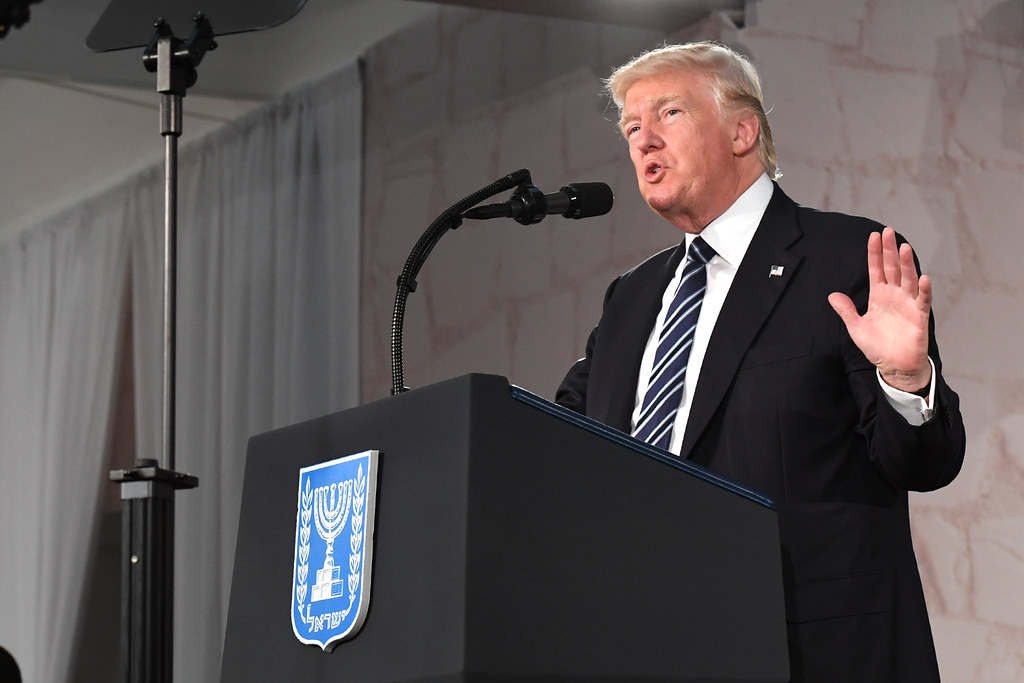
President Trump articulated his reasoning for the accelerated timeline, stating, “There’s no reason in waiting. We just don’t see any progress being made.” He expressed his frustration, noting, “We thought we had [the peace agreement] settled numerous times, and then President Putin goes out and starts launching rockets into some city like Kyiv and kills a lot of people in a nursing home.” He concluded by stating that if a peace agreement is not reached, the U.S. would consider “sanctions and maybe tariffs.”
This tightened ultimatum followed a previous agreement made by President Trump on July 14, where he committed to sending defense aid to Ukraine. This new weapons package notably includes Patriot missiles. Furthermore, the U.S. Department of State announced an additional aid package, which would see the U.S. supplying HAWK Phase III surface-to-air missile systems to Ukraine. These advanced air defense technologies are deemed critical for Ukraine’s ability to counter Russia’s relentless aerial attacks.
In a strategic move to replenish American stockpiles, the Trump administration also unveiled a new defense cooperation initiative. Under this plan, NATO member states would purchase U.S. weapons. These weapons, once acquired by NATO members, would then be transferred through Europe directly to Ukraine, providing essential assistance to Ukrainian forces as they continue to defend their nation against Russia’s ongoing invasion.
Explaining this decision to reporters, President Trump stated, “We are going to send some more weapons [to Ukraine]. We have to. [The Ukrainians] have to be able to defend themselves. They’re getting hit very hard.” These latest developments signal a noticeable evolution in the Trump administration’s approach to Russia’s invasion of Ukraine.

During his 2024 U.S. presidential campaign, Trump had famously vowed to terminate the war in Ukraine within “24 hours” if elected president. He also promised to compel both Russian and Ukrainian officials to negotiate a ceasefire. Following his re-election, the U.S. president appointed key individuals, including retired Lt. Gen. Keith Kellogg and lawyer Steven Witkoff, to serve as his envoys with the mission of ending the conflict. Additionally, Trump issued several ultimatums to Russia should a peace agreement not be achieved.
However, the negotiation process has proven exceedingly challenging. For nearly six months, senior officials from the Trump administration have diligently mediated peace talks between Russia and Ukraine. This initial process commenced in February in Saudi Arabia, where senior U.S. officials first engaged with their Russian counterparts before holding separate meetings with the Ukrainians.
Despite these sustained diplomatic efforts, the peace process has yielded few tangible results. From February to July, American officials have repeatedly proposed ceasefire agreements between Russia and Ukraine. Yet, international monitors and media outlets have consistently documented numerous Russian violations of these ceasefire agreements, including devastating attacks on Ukraine’s vital energy infrastructure and unconscionable bombardments during the sacred Easter and Passover holidays.
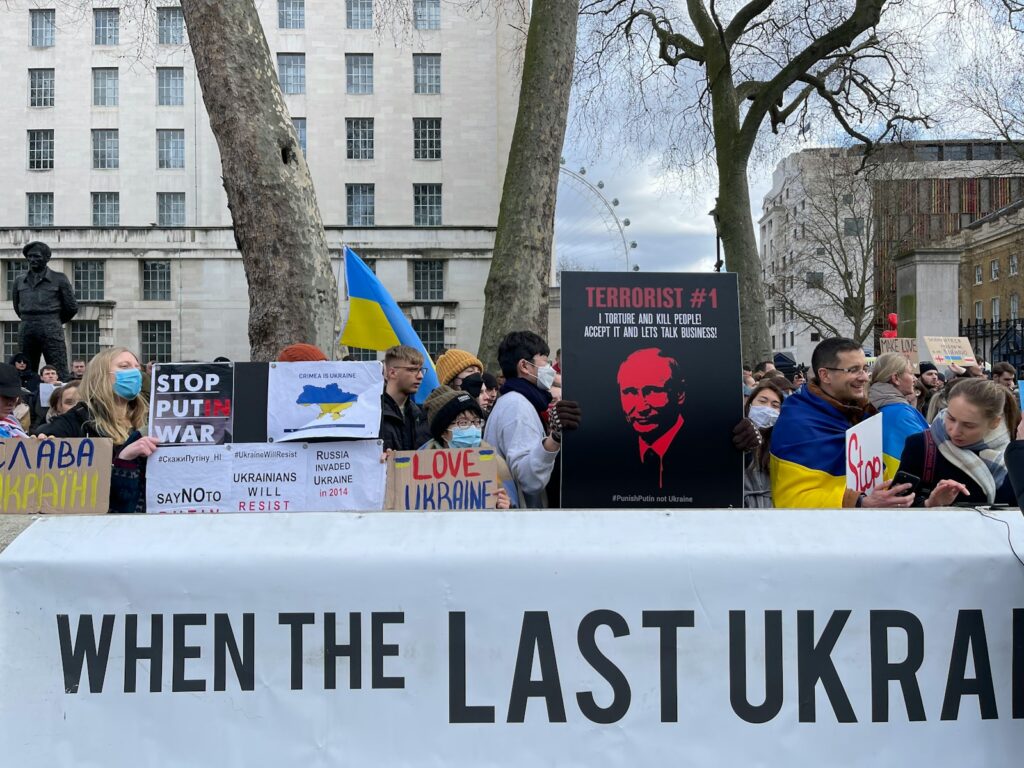
Adding to the frustration, while Ukrainian officials have maintained continuous engagement with their American counterparts, the Russian Federation has demonstrably intensified its strikes on civilian areas across Ukraine. These bombardments have tragically resulted in the deaths of dozens of Ukrainians, and the relentless Russian attacks show no signs of abating. This persistent aggression has reportedly caused significant frustration among several American officials, prompting President Trump’s decision to provide additional defense aid to Ukraine and to seriously consider new sanctions and tariffs on the Russian Federation.
The upcoming 10 to 12 days are unequivocally critical in determining whether Russia will modify its conduct and if any meaningful progress toward peace can truly be achieved. Ukrainian officials, alongside the broader international community, will be closely monitoring the U.S. response should Russia fail to meet this stringent new ultimatum.
Indeed, not long after he issued the 10-day ultimatum to Russia, President Donald Trump stated unequivocally on July 31 that the United States would “put sanctions” on Moscow due to its lack of movement toward a ceasefire or a comprehensive peace deal with Kyiv. Simultaneously, he expressed uncertainty about whether financial punishments would genuinely compel Russian President Vladimir Putin toward a truce.
He informed reporters that his special envoy, Steve Witkoff, would travel to Moscow after completing a trip to Israel, where he arrived on August 1. Should President Trump impose sanctions on Russia either before or after the 10-day deadline passes on August 8, it would mark the first time he has penalized the Kremlin in the more than six months since he assumed office in January, following campaign promises to swiftly broker an end to the largest war in Europe since 1945.
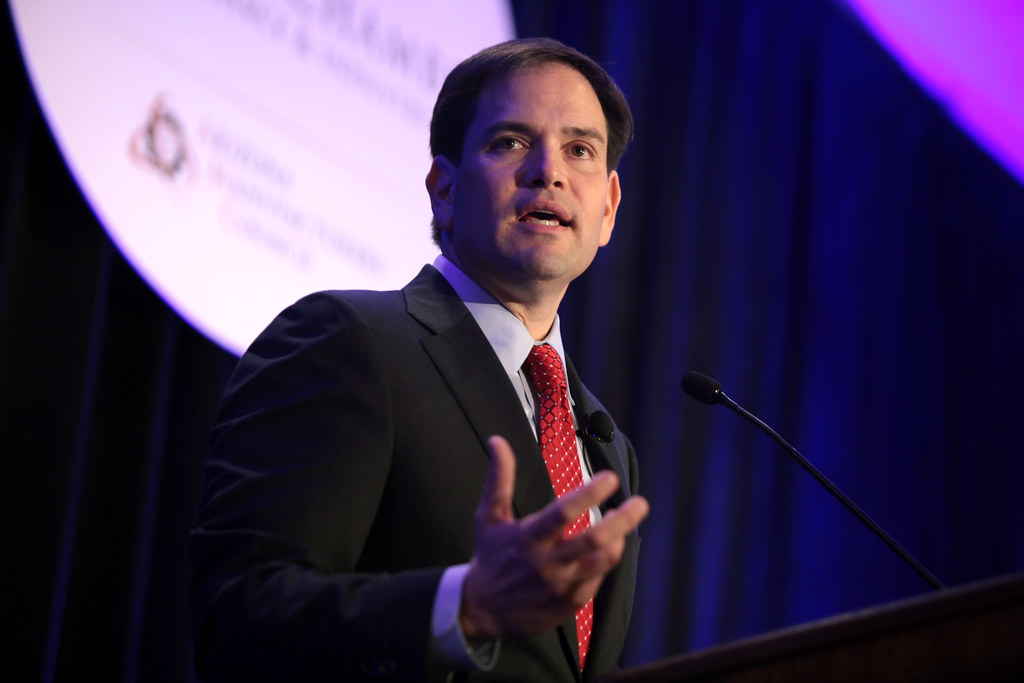
The threat of new sanctions emerges as Russia continues its push forward on the battlefield and pounds Ukrainian cities with devastating airstrikes. A recent missile and drone attack in Kyiv, for instance, tragically killed at least 31 people, including five children—relentless attacks that Trump himself characterized as “disgusting” in his remarks on July 31. This raises a crucial question: Could this lead to a genuine turning point in the war?
The efficacy of Witkoff’s potential visit remains a subject of considerable speculation. While President Trump hinted that sanctions are now unavoidable, dispatching Witkoff, who has met with President Putin multiple times since January, could represent a last-ditch effort to persuade the Kremlin before the deadline. However, the probability of a breakthrough appears slim.
Secretary of State Marco Rubio recently revealed that unannounced talks this week with “some of Putin’s top people” yielded no progress toward “arriving at some understanding on a path forward that would lead to peace.” Moreover, three previous rounds of direct talks held in Istanbul in May and June also failed, leaving Russia and Ukraine “miles apart on key hurdles to any cease-fire or comprehensive peace agreement.”

Prague-based political commentator Ivan Preobrazhensky offered a stark assessment on August 1, stating that “Russia will not make any further concessions.” He elaborated, “The Kremlin realized that Trump has figured out he’s being led on. As a result, Moscow is essentially preparing for a rupture in relations — going back to the format that existed about six months ago under Joe Biden.” Preobrazhensky further predicted that “In the coming months, Russia will increase pressure on Ukraine and will, of course, attempt a new offensive before the cold sets in.”
The alternative perspective suggests that President Putin might view Witkoff’s visit as an opportunity to persuade the White House to retreat from its sanctions threat or to revert to its earlier stance of placing a significant portion of the blame for the lack of peace progress on Kyiv. This was a narrative President Trump had advanced until recent weeks, when his frustration with Russia became increasingly evident.
While President Trump has recently directed his ire toward Moscow, he has also consistently emphasized that achieving a deal requires the cooperation of both sides and that Ukraine must do “what they have to do” to end the war. John Kelley, the acting US representative to the UN, reiterated this sentiment on July 31, stating, “Both Russia and Ukraine must negotiate a cease-fire and durable peace. It is time to make a deal.” Thus, even though Ukraine has agreed to a ceasefire proposed by Trump and Russia has not, Moscow might perceive an opening to pressure Washington to demand concessions from Kyiv.
President Trump has not specified the exact nature of the sanctions he intends to impose, but he has made it clear they could include “very severe tariffs” on Russia itself. Crucially, as he stated on July 28, they might also involve “maybe…secondary tariffs” on countries that continue to trade with Moscow. Analysts suggest that direct tariffs on Russia would likely have minimal impact, given the small volume of US-Russian trade.
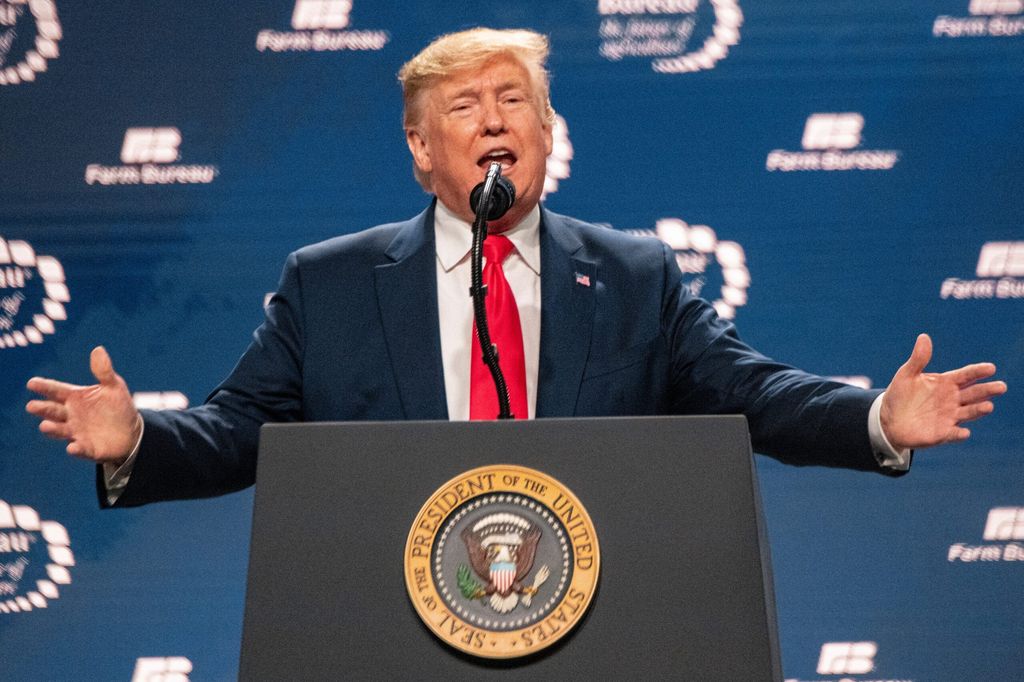
Even before his election last November, President Trump had suggested a strategy combining sanctions on Russia with support for Kyiv, primarily through weapons supplies, to compel both nations toward a peace deal. Regarding arms for Kyiv, the extent of Trump’s willingness to go remains unclear. On July 14, concurrently with setting a 50-day deadline for peace—which he subsequently shortened this week to 10 days—he also announced plans to bolster Ukraine’s arsenal, but not through direct deliveries.
Instead, he outlined an arrangement whereby NATO members would send existing weapons, such as Patriot missile systems, to Ukraine and then backfill their own arsenals by purchasing new ones from the United States. Alternatively, NATO members could simply buy US weapons directly and ship them to Kyiv. However, questions persist regarding the volume of weapons that will reach Ukraine through this mechanism in the near future, and critically, how quickly they will arrive.
Significantly, President Trump has not yet authorized new arms deliveries to Ukraine under the Presidential Drawdown Authority (PDA), a program frequently utilized by his predecessor, Joe Biden, which empowers the president to send weapons directly from existing US stockpiles. When Trump took office, approximately $4 billion was available under this crucial PDA.
On the battlefield, Ukrainian forces have achieved few significant gains since a major counteroffensive largely fizzled in 2023. Since then, Russia has incrementally seized additional territory, albeit slowly and at a staggering cost in terms of casualties. When President Trump initially announced the 50-day deadline on July 14, critics voiced concerns that it would grant Russia more time to advance further before facing sanctions or other countermeasures, thereby weakening Kyiv’s negotiating position.
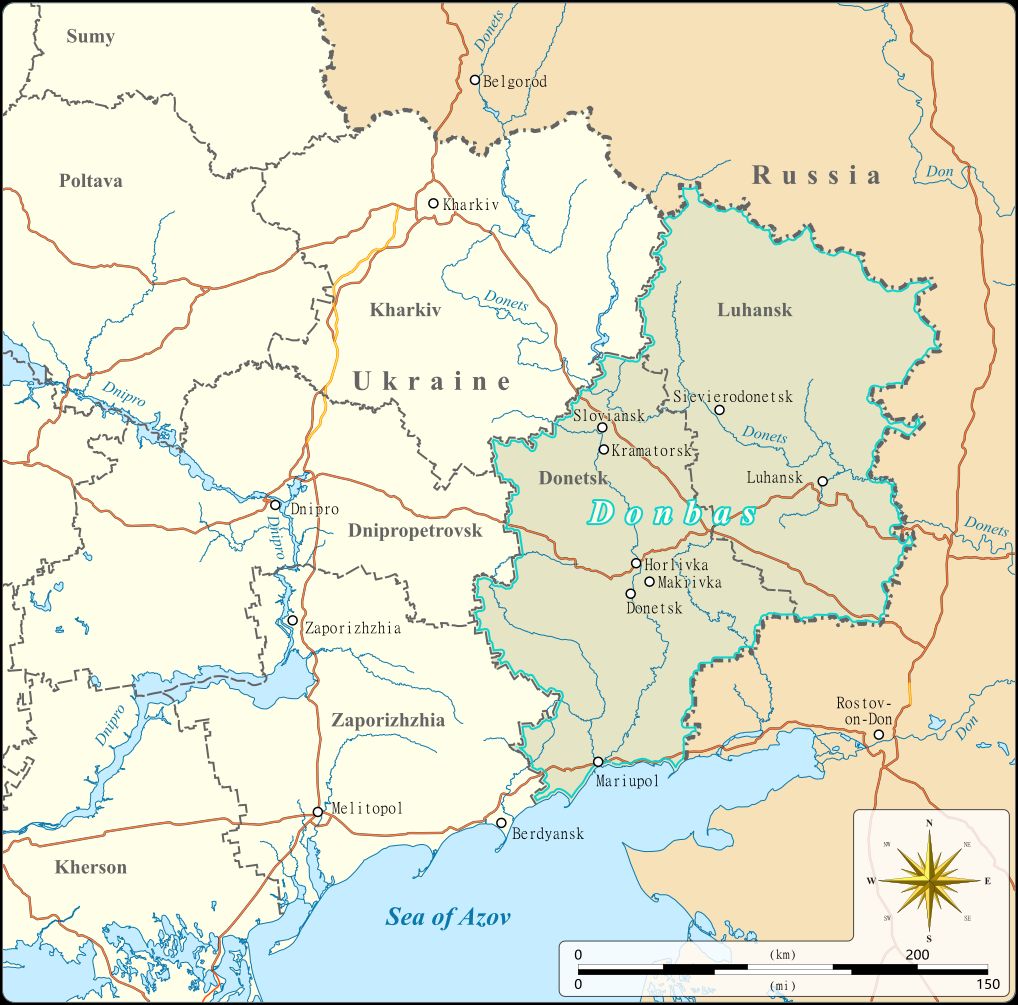
The much shorter deadline announced this week partially mitigates those concerns. Analysts, however, generally agree that Russia currently lacks the capacity to seize the entirety of what it baselessly claims as its own—the mainland regions of Donetsk, Luhansk, Zaporizhzhya, and Kherson, in addition to Crimea—anytime soon. Yet, Russia has shown no signs of slackening its ground offensive efforts, and there is no indication that the August 8 deadline, or the sanctions likely to follow, will alter this reality.
Indeed, AFP reported on August 1, citing its own research, that Russia launched more drones at Ukraine in July than in any preceding month since its 2022 invasion. On the same day, President Putin exuded confidence, asserting that Moscow’s war goals remain unchanged while claiming that Russian forces are advancing along the entire front line, despite what he described as the West’s concerted desire to impede their progress. “In the coming months, Russia will increase pressure on Ukraine and will, of course, attempt a new offensive before the cold sets in,” Preobrazhensky reiterated.
The human cost of this relentless conflict continues to mount. On Tuesday morning, President Zelenskyy announced that 22 people had been killed by Russian strikes across Ukraine over the preceding 24 hours. “Every killing of our people by the Russians, every Russian strike, when a ceasefire could have long been in place if Russia had not refused, all this indicates that Moscow deserves very harsh, truly painful and therefore fair and effective sanctions pressure,” the president passionately stated in a Telegram post.

President Zelenskyy and his chief of staff, Andriy Yermak, welcomed President Trump’s latest announcement with cautious optimism. Zelenskyy lauded the “Clear stance and expressed determination by POTUS—right on time, when a lot can change through strength for real peace,” while Yermak emphasized, “Putin only understands strength—and this has been communicated clearly and loudly.” However, the Kremlin, through spokesperson Dmitry Peskov, merely “took note” of the statement, avoiding immediate assessments.
Contrastingly, former Russian President Dmitry Medvedev, a hawkish voice within Putin’s security establishment, framed Trump’s challenge as a perilous escalation. “Trump’s playing the ultimatum game with Russia: 50 days or 10,” Medvedev wrote on X. He issued a sharp warning: “He should remember 2 things: 1. Russia isn’t Israel or even Iran. 2. Each new ultimatum is a threat and a step towards war. Not between Russia and Ukraine, but with his own country. Don’t go down the Sleepy Joe road!” This stark retort underscores the high-stakes, direct confrontation now unfolding.
This Ukrainian conflict, now inextricably linked to President Trump’s tenure, stands as a crucible moment. It is a defining test of American power, diplomatic leverage, and presidential will. The path ahead is fraught with complexity, demanding astute navigation of international alliances, economic realities, and the grim calculus of military conflict. The global community watches, holding its breath, as President Trump steps into the full ownership of this historical challenge, with its outcome poised to reverberate for generations. The legacy of his presidency, and the future of European security, now undeniably hang in the balance of these coming, critical days.

